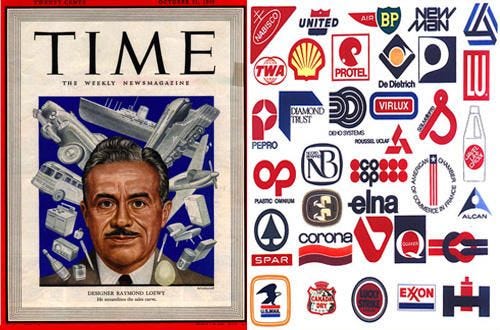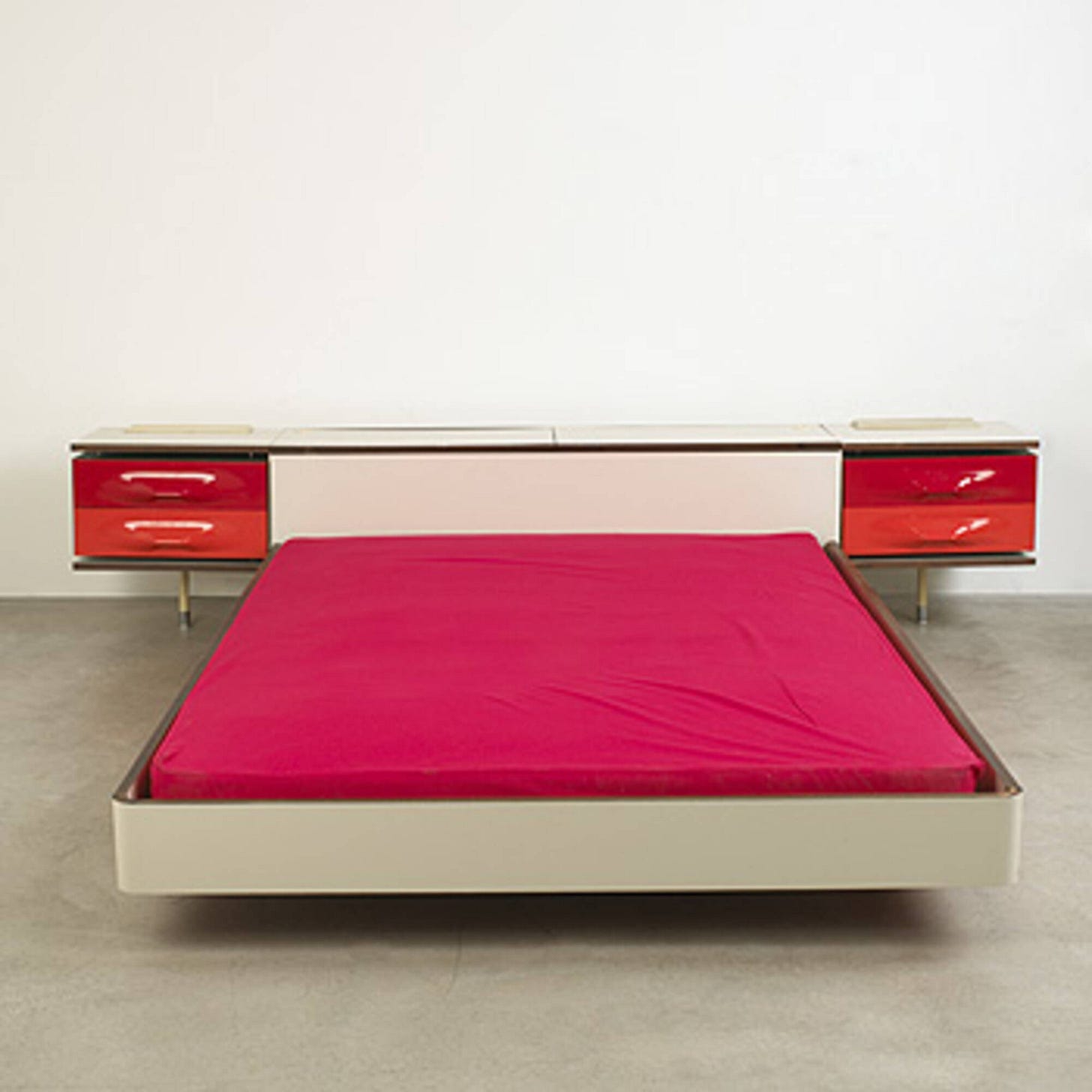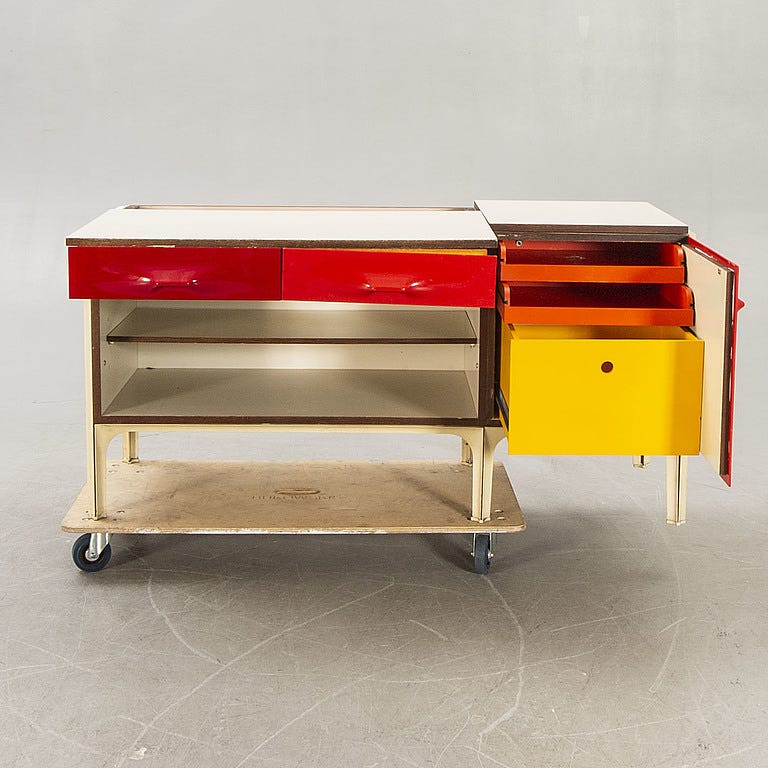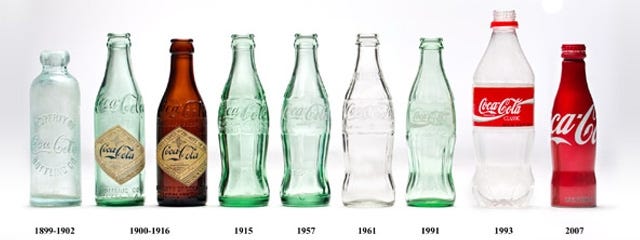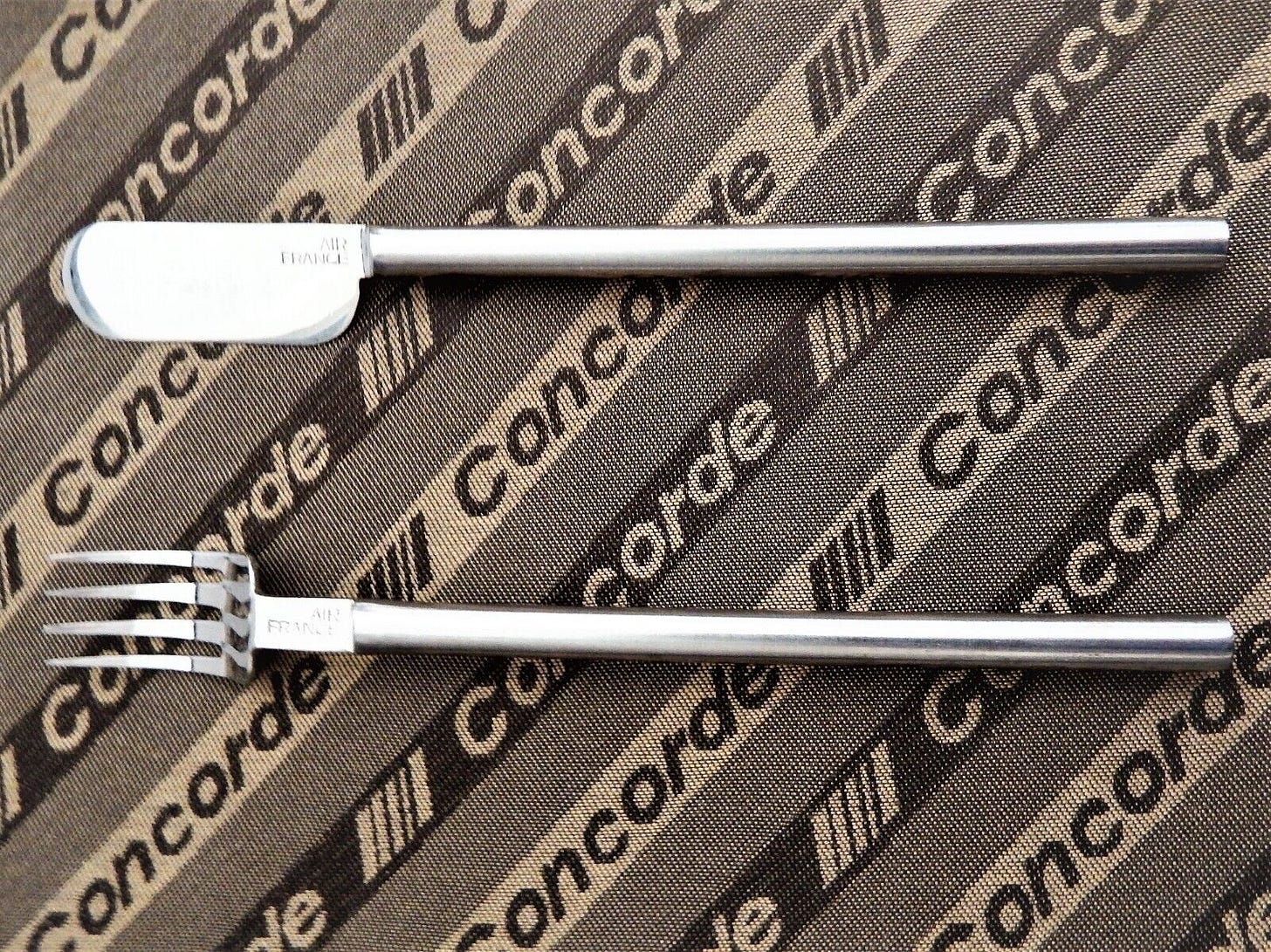Snake LORE 006: Raymond Loewy
The best, the most underrated and the rarest items from the French designer; prices and how to buy
Happy Sunday—Snake is a design intelligence newsletter. Below is this month’s Lore: a deep dive into a designer or brand’s history, with pricing and relevant items.
I’m focusing here on Raymond Loewy, Frenchman, and his important pieces, rough market values, where to get newer repros, second-tier items, knock-offs... Included are price values—deal, steal, and fair pricing—so you know what to pay. Older Lores are here.
LORE 006
Raymond Loewy was a French designer who worked mostly in the US (from 1919 until he retired) and who was number one here while he rocked it; his work and reputation then shakes out much different than his legacy now… it is hard to overstate how successful he was at his peak. He designed railroad cars, automobiles (with Studebaker...), planes, tractors, rooms in NASA's Skylab, many logos, furniture… he was on the cover of TIME Magazine (Jack Dickey worked there), and, among other things, designed the Hoover, Shell and Exxon logos, Lucky Strike (unreal), US Mail, Canada Dry… and a Greyhound bus. He designed the Coke bottle—updated it, at least. Think about that… and between these projects he socked out some furniture here and there. Loewy’s work is a great example of how no one now, collectively, knows anything about design. Of course, I think everything proves this point. But what I mean is—Loewy is one of an infinite amount of designers less heralded than Eames, and in his case he was more popular then… and much of his work has a longer-lasting impact. You think the Eames rocker stands up against the Canada Dry logo? What I mean is… not an obscure guy to say the least, his stuff isn’t rare—even the furniture isn’t rare.
This said, one reason he’s not a household name outside design circles—I assure you he’s like Howard Hawks in that world—is because his best work is not entirely kept in production. Much of these items are not licensed and new and buyable now… and therefore they remain hard to find. Not that hard to find… but not seamless to find. They’re not exactly being sold in Times Square. Also, people outside professional circles don’t know who drew most logos. But that’s a labor issues.
Loewy’s massive, massive profile in the 1940s and ‘50s (that TIME cover was ‘49) was for being a jack of all trades; his best work, to me, came on well after this golden era, around the ‘60s, when he (like many other designers), got into plastic… and his best work is furniture. Mostly because… where am I going to keep a Studebaker? The aesthetics, at their best… remain a little French (restrained), with a broad futurist tilt (more Italian than Deco)… what shakes out I think is… Loewy was massive enough when he designed these pieces that he skirted particular schools, or maybe even outside influence; at best he interacts with other designers but is apart. As for a unifying theory, I’m not sure there is one. What’s all his work mean? Well, hard to say. With designers like Eames it’s easy to distinguish—a sort of striving, constrained idea of a higher plane of domestic life—and for others, like Sottsass, we can find in the very early work hints of the crazy shit that came after. But I don’t know if we can trice the evolution from the Canada Dry logo to a credenza.
Key Items:
DF 2000 bed: arguably the best bed ever made, produced sometime after 1968—for CEI (Compagnie de L’Esthetique Industrielle), which he founded in France for his designs… or for Doubinsky Frères, also French. None of these items have been reissued; if there’s a license, it’s not being used. Can’t buy it new. Very deep (physically; it’s like 100 inches) with built in storage in the headboard. Which was a popular style at the time. I would say this is the best-designed major bed out there, in history. It might be. It is no Coca Cola bottle, but compared to its contemporaries it stands alone. Look at other beds. What’s out there? There is the Case Study, which is not exciting, and the Nelson bed with the hairpin legs… as dull, not exciting. There’s the Legnoletto bed, which is recent and, frankly, a masterpiece, but it’s very difficult to buy, which is especially a disgrace since it’s relatively new. There’s the George Nakashima bed with the tree headboard, but that’s less a piece of design than an artistic statement, the statement being what if we put this tree in someone’s house. It’s hard to beat but runs about $60,000.
There is something about the interplay of color and white with Loewy’s, though… which, when combined with the dimensions/footprint, is overpowering. The bed isn’t the cornerstone of the DF 2000 line, and might be a minor piece, but to me it stands out the most. Hard to find; they stopped selling five, six years ago, back then they ran $1,000. Deal if under $4,000, steal if 3, buy for yourself above that, ecoms have them for much too much.
DF2000 cabinet: There are a whole suite of DF 2000 pieces… the bed is the most unique, and the cabinet/dresser is the most representative, since it is as good as any credenza out there, and is relatively easy to find. There are also a few of them—many colors, many detail variations and instances… all lacquered wood, steel, ABS plastic. Some have a few colors, some are just red, some orange, some grey, some two-wide, some three… the best ones, like this cabinet, do not fit in with other schools of design. It’s just Loewy. They’re not revolutionary either—standard dimensions—and, for vintage pieces… almost don’t age. Whatever they did with the lacquer here does not go away… there’s not much patina in these things. Which makes it doubly puzzling it’s not kept in production: a new item, assuming good quality lacquer, would look great. These used to be legion on NYC Craigslist (a decade ago); lately they pop up still on auction, occasionally for cheap; I bought mine during the pandemic for like a few hundred bucks. Steal at <$1,600, deal at $2,200, buy for yourself over that.
Coke bottle: This isn’t a design newsletter, this is a newsletter about furniture—but how to not spend time on the 2-dimensional work of the man who literally designed the Coke bottle? (In 1957.) There show up Mexican Cokes now and then at the iPad coffee place by me, right on my corner, but they run out more often than they have them in stock, and then they don’t re-up for a week. I think (in full seriousness) that people should probably drink one Mexican Coke a week if they want to be healthy. Your body needs some sugar, and should probably have some dogshit now and then in the diet so that your digestive system gets a workout. But in order to do that you absolutely can’t eat have your staple foods that should not have sugar in them—bread, catsup and so on—be full of sugar. Which, in America, most are. Steal for under $7
Cutlery for the Concorde: Loewy wasn’t an architect but he built up a small spate of accessories (pencil sharpener, watches) in the thoughtful and sloughed-off way that architects make these things. The same late-in-life napkin sketch energy that, say, Gehry’s hockey chairs have. Likely because Loewy’s work (say, for example, designing the Coke bottle) was more important and grand than creating a skyscraper.
Which is fine theory. But in the real world. There is really just no good cutlery out there. No one has any; no designers make any… it’s brutal to get. The result is a very tough market for what should be a very democratic and entry level design piece. However, there’s this. His Concorde collection (for Air France may be his most subdued commission… most are brown, almost all. But this particular one is
Keep reading with a 7-day free trial
Subscribe to SNAKE to keep reading this post and get 7 days of free access to the full post archives.

